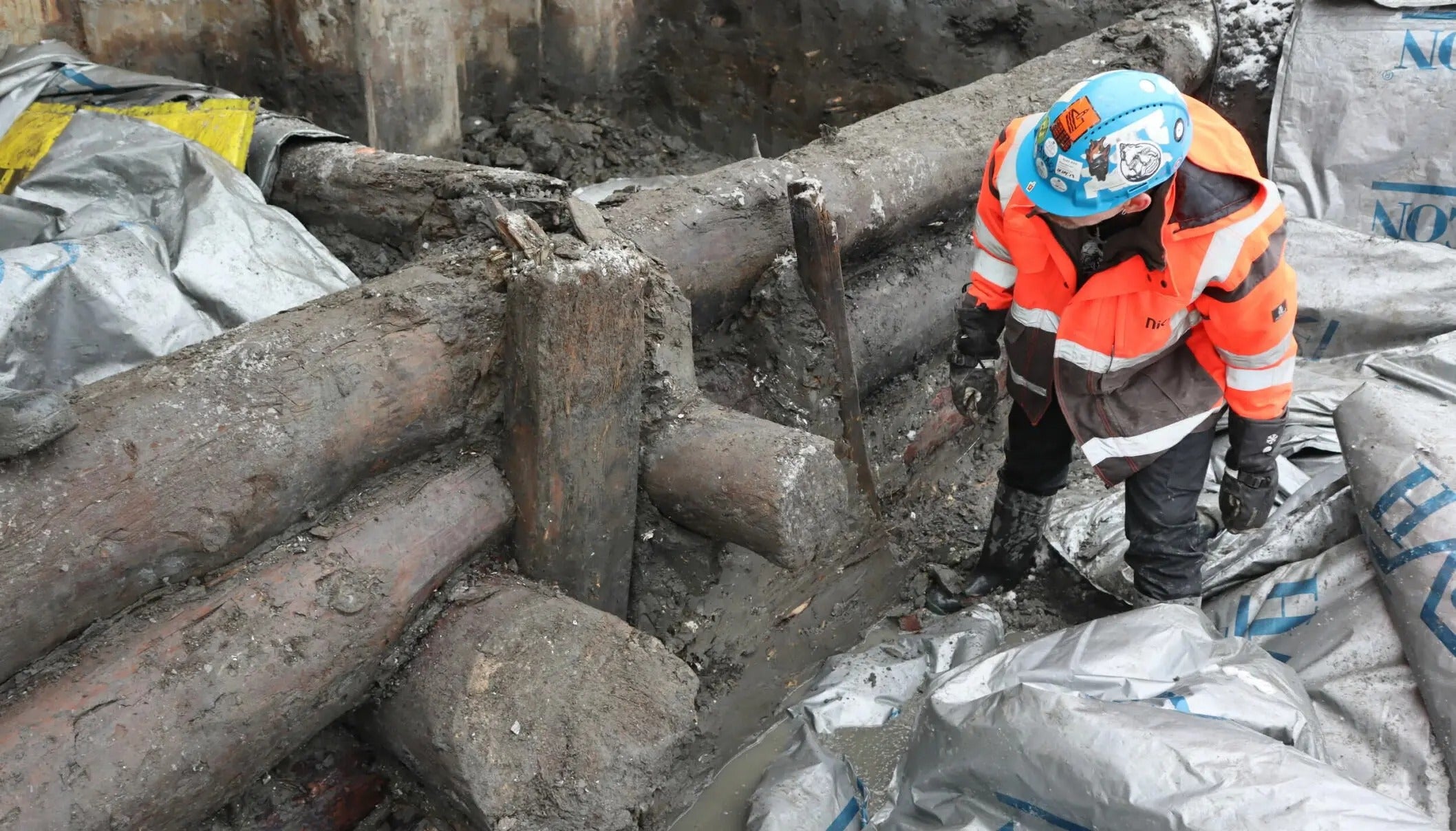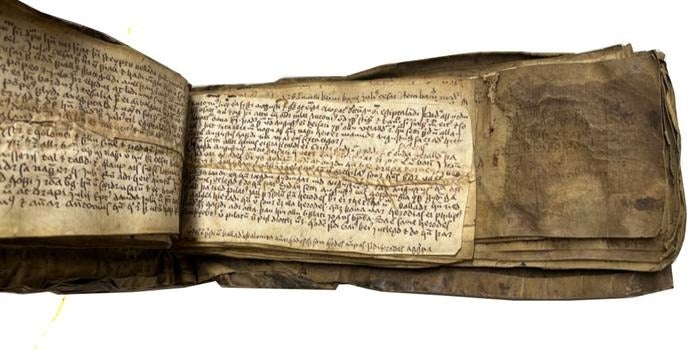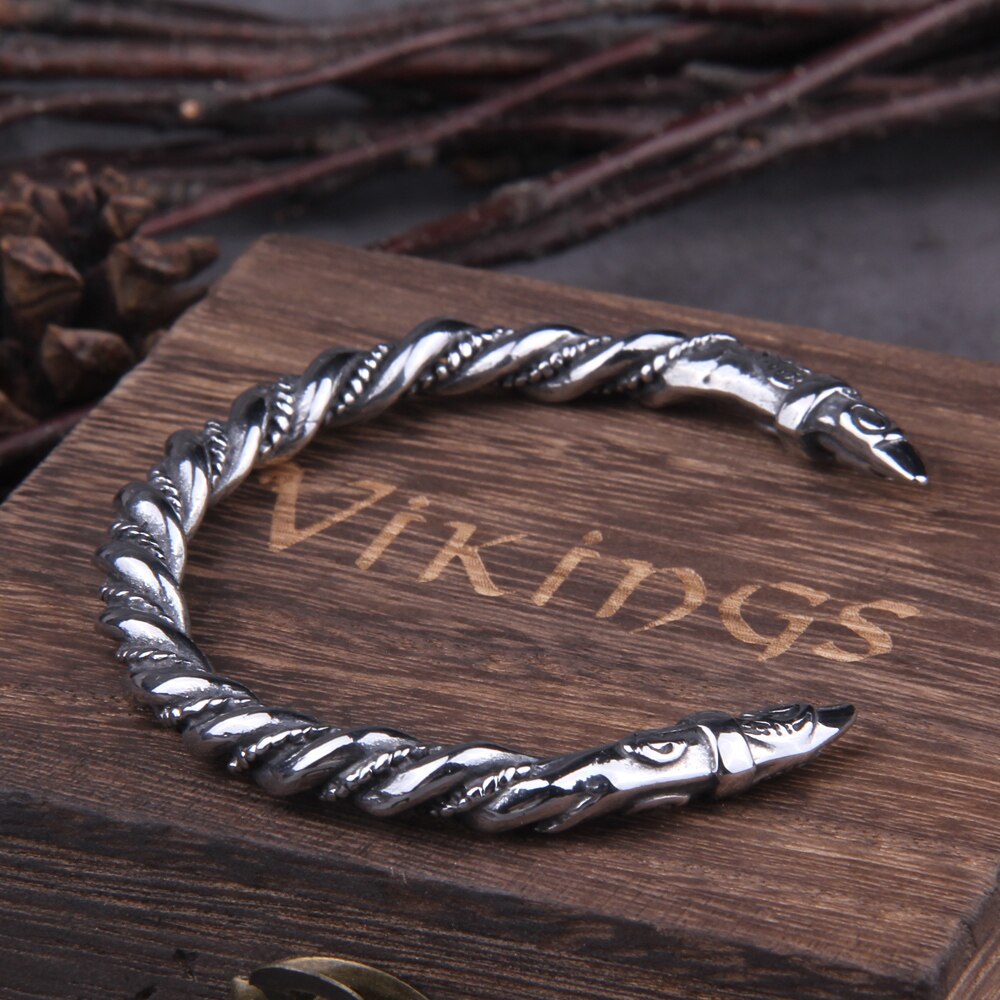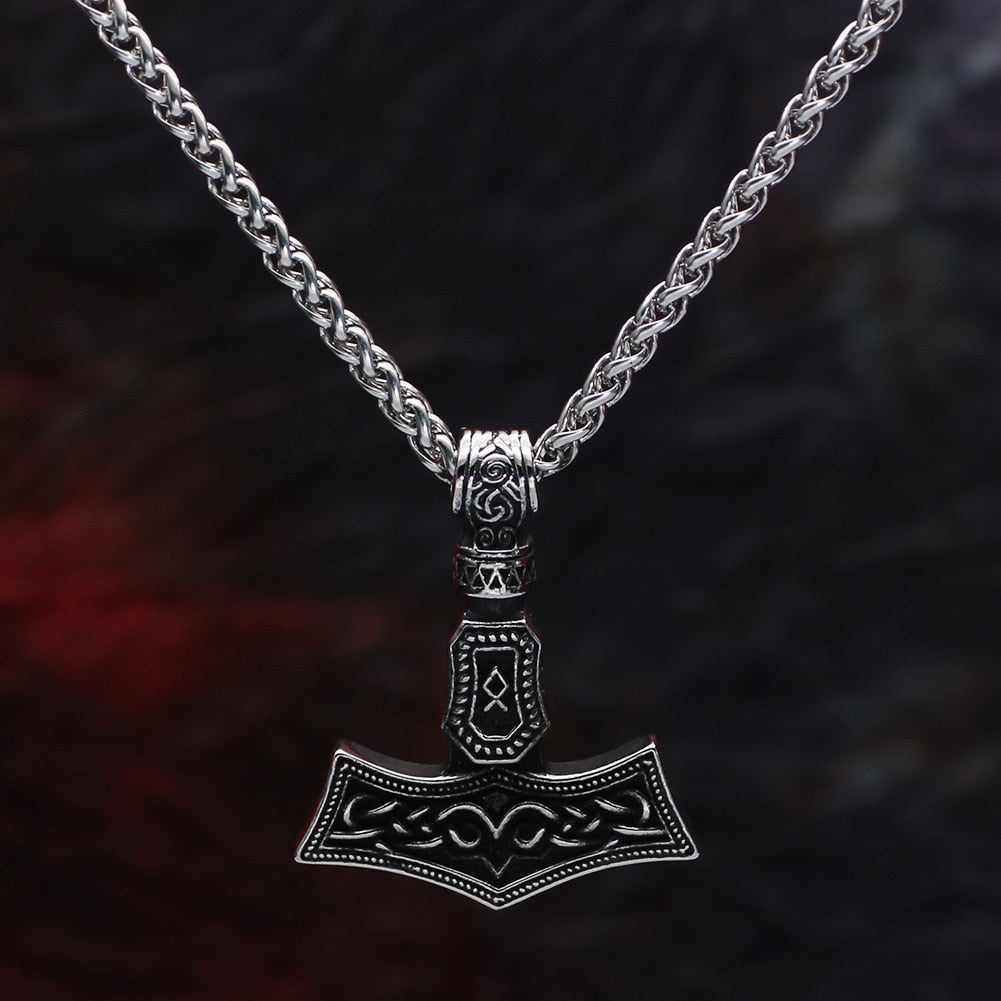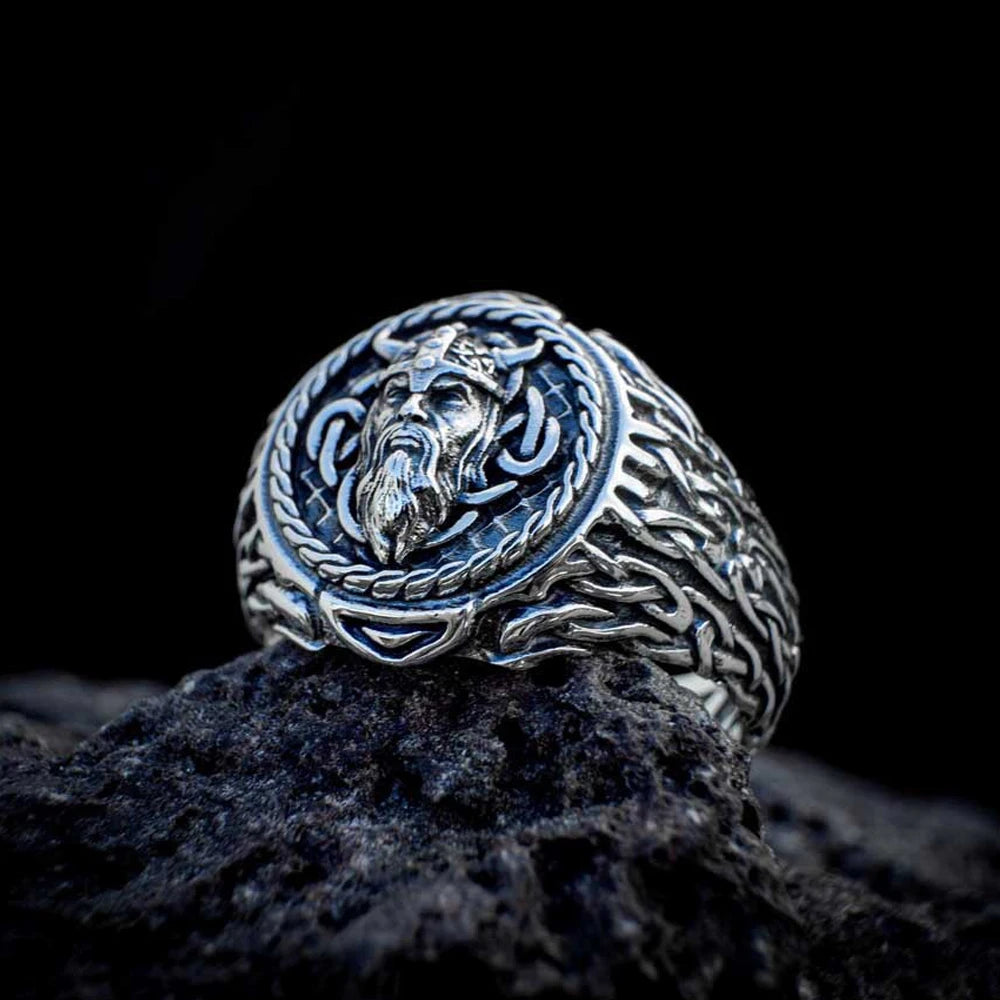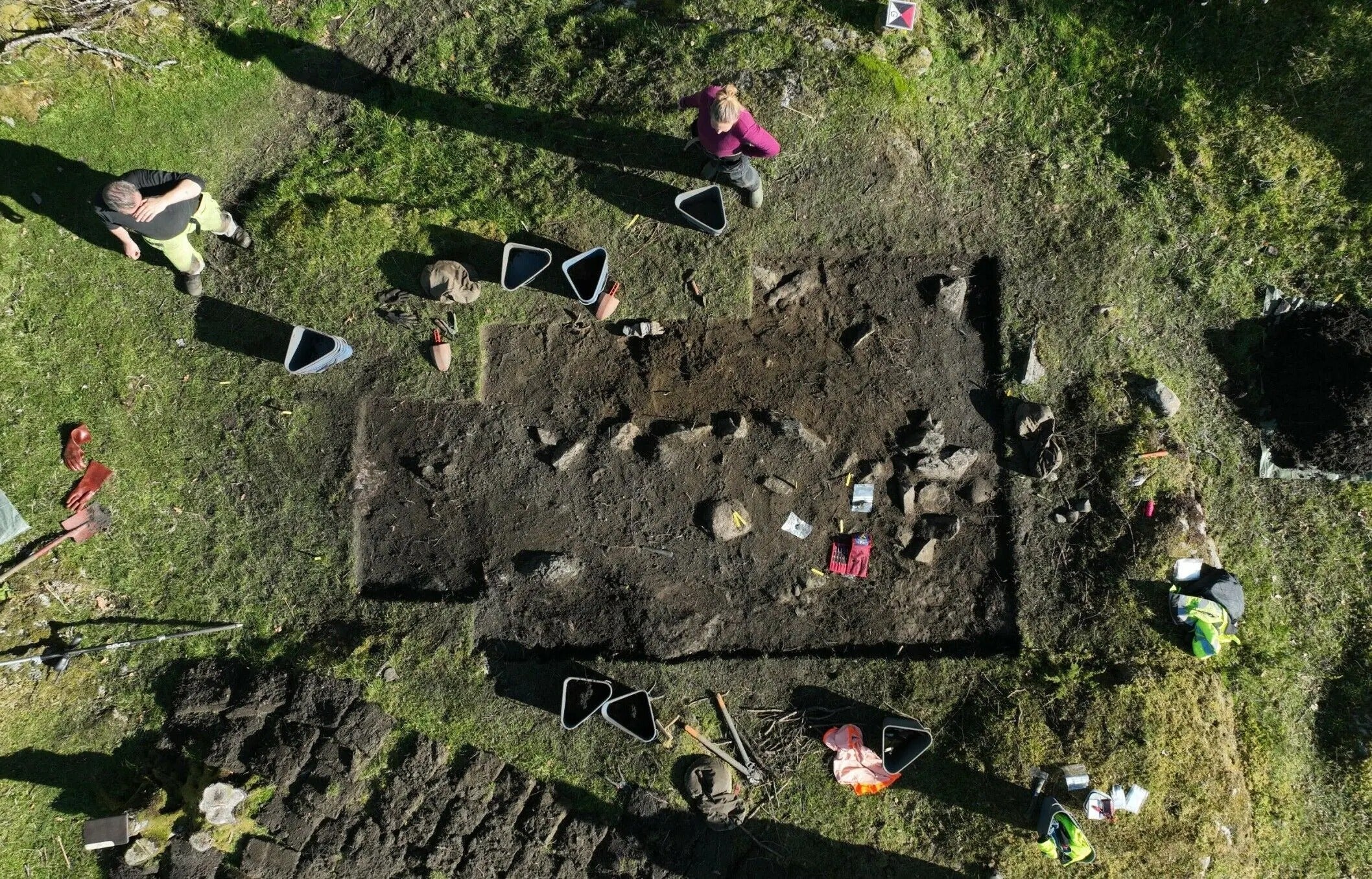
Excavation Reveals Wealthy Women Buried in Coastal Viking Cemetery
On a rocky knoll at Skumsnes farm in Fitjar, on Norway’s west coast, archaeologists have unveiled a treasure trove of Viking Age history. Excavations have revealed three graves belonging to women of high status from the early 9th century. The findings include ornate jewellery, rare coins, and tools for textile production, providing a unique window into the social structure, trade connections, and cultural practices of the era.
The site at Skumsnes is far from ordinary. Archaeologists estimate that as many as 20 graves may lie within this burial ground. Unlike many other sites, these graves were richly adorned, suggesting a community of considerable wealth and importance. Søren Diinhoff, an archaeologist from the University Museum of Bergen, describes the discovery as “a small treasure trove” for researchers.

A triangular brooch featuring glass mosaic and gold enamel, likely from Ireland or England, was discovered in a grave within a rock crevice. The grave had previously been opened, with remnants of the grave goods found scattered outside and around it. (Photo: University Museum of Bergen)
The Three Women of Skumsnes
The graves unearthed this autumn tell the story of three women, each with distinctive burial practices:
-
Grave in the Rock Crevice: This woman was interred in a natural rock formation, her grave covered with stones. Her jewellery included oval brooches and other items likely originating from Ireland or England, reflecting connections beyond Norway’s borders.
-
The Boat Grave: The most elaborate burial belonged to a woman of high rank. She was laid to rest in a four-meter-long boat, its stones arranged to mimic a vessel. Her grave goods included 46 glass beads, 11 silver coins—some Carolingian and one from Hedeby—and tools for textile production, such as a spindle whorl and a weaving sword. A bronze key, symbolizing her role as head of the household, was also found. Notably, no human remains were present, sparking speculation about whether this grave might be a cenotaph.
-
The Unfinished Grave: The third burial has not been fully excavated but yielded beads and fragments of silver jewellery, hinting at its wealth.
The Coin and the Beads: Connections Across Continents

Hedeby coins are a rare discovery. Archaeologist Søren Diinhoff describes this coin as the most remarkable find from the women’s graves at Skumsnes. (Photo: Adnan Icagic / University Museum of Bergen)
The discovery of a rare Hedeby coin is among the most remarkable finds. This coin, minted in southern Denmark during the early 9th century, underscores the extensive trade networks of the Viking Age. Other coins in the boat grave, originating from the Carolingian Empire, suggest connections to the Frankish continent.
The necklace of 46 beads further highlights the cosmopolitan nature of Viking Age trade. Mosaic glass beads from as far as the Middle East and Europe were popular in towns like Birka, Hedeby, Ribe, and Kaupang, underscoring the interconnectedness of the Viking world.
Textile Production: A Marker of Prestige
Textile tools in the boat grave signify the importance of fabric production in Viking society. The presence of wool shears, a hetchel, and a weaving sword reflects not just household duties but also the economic power wielded by women in managing large-scale textile operations. High-quality textiles, particularly sails, were valuable commodities in the Viking Age, often linked to wealth and status.
The Mystery of Missing Remains
One of the enduring puzzles of the Skumsnes graves is the absence of human remains. Western Norway’s acidic soil is known to degrade organic material, but the possibility of cenotaphs—memorial graves without bodies—adds a layer of intrigue. A stone resembling female genitalia, found at the center of the boat grave, may symbolize the woman’s presence despite the lack of skeletal evidence.
Preservation Challenges and the Role of Metal Detectors

Archaeologist Unn Pedersen, an expert on Viking Age jewellery, notes that 46 glass beads is a significant find. As wealth increased during the Viking Age, so did access to jewellery, with mass production in large cities driving its popularity. (Photo: University Museum of Bergen)
The Skumsnes graves were identified thanks to metal detector enthusiasts. However, many Viking Age graves in Norway face threats from modern agriculture and natural degradation. Diinhoff emphasizes the urgency of documenting these sites before they are lost forever, noting that while future technologies may improve excavations, many graves may not survive the wait.
The Significance of Skumsnes

Trefoil brooches were a popular accessory during the Viking Age. The one discovered in the graves at Skumsnes was originally a Carolingian sword belt fitting, repurposed into jewelry. (Photo: University Museum of Bergen)
The findings at Skumsnes shed light on a transitional period in Viking history. The blending of imported and locally produced items in the graves reflects a society balancing gift economies and emerging trade systems. Jewellery like the trefoil brooch, adapted from Carolingian sword fittings, illustrates how cultural exchanges shaped Scandinavian material culture.
These graves underscore the pivotal roles women played in Viking Age society, not just as household managers but also as central figures in trade, production, and community leadership.
References
Bergstrøm, Ida Irene. "Found jewellery and a unique coin: Three women were buried here during the Viking Age." Science Norway, 17 Dec. 2024. Source.
University Museum of Bergen. Excavation Reports and Artifact Analyses.
